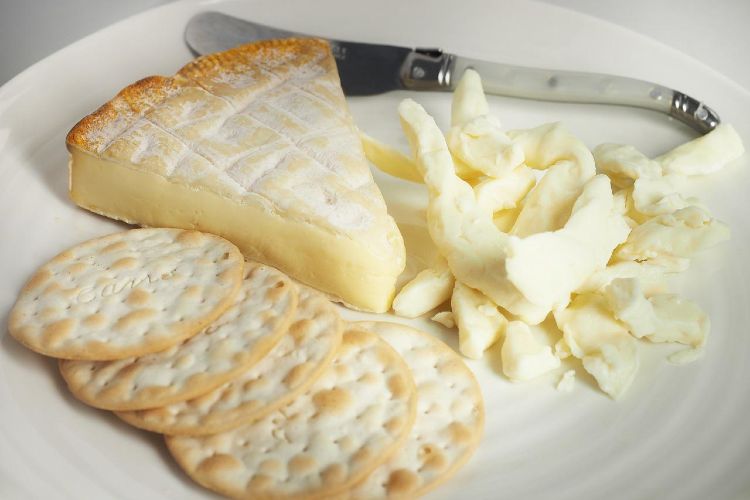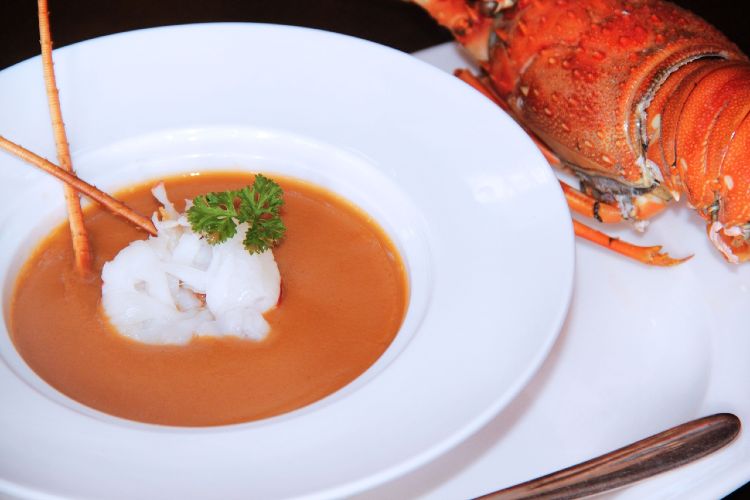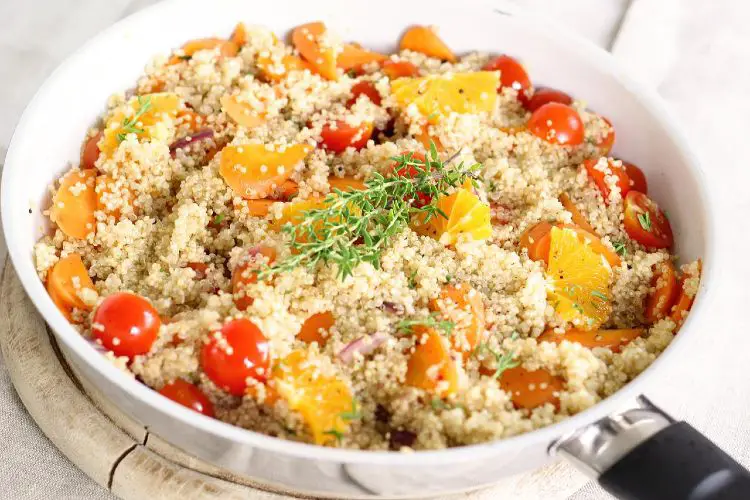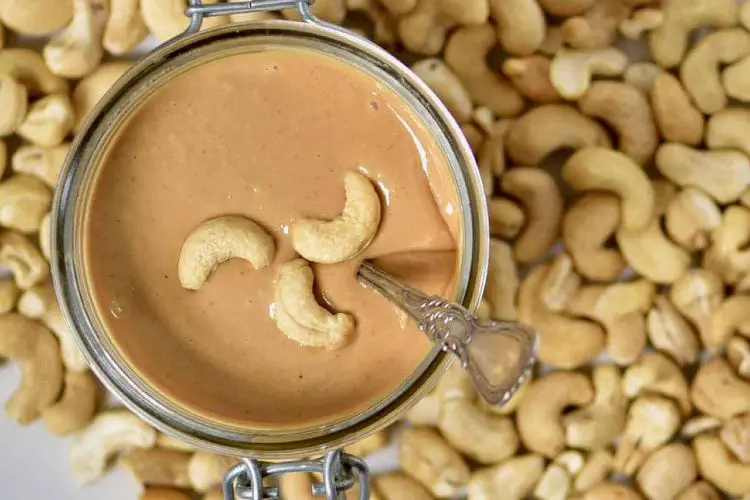Improving Your Food Photography: A Guide for Bloggers
I am a food blogger and a professional photographer, and I frequently receive requests for hints and tips from fellow bloggers wanting to improve their food photography. I have put together some basic guidelines that focus on the most common areas that cause the most challenges. This is not designed as a list of rules that you must follow, but more of a guide to encourage your creativity.
Food photography in magazines and cookery books is designed to stimulate our imagination as well as our appetites. But you don’t have to be a professional photographer or own a lot of expensive photography equipment to take food photographs that look appetising.
Most food photography guides will begin by telling you about camera equipment, but I’m actually going to start with lighting. Understanding how to control light can make a dramatic improvement to your photography and ultimately help you make your food look irresistible.
Shooting in natural light
Natural light is inconsistent and unpredictable, but it’s also exciting, deep, rich and honest, changing with time and the seasons.
You can use natural light to help create a mood and tell a story in your photography, and the following tips cover some of the basics that you can build upon to create different effects within your own work.
Choose a location
The first thing to do is to find a room in your home that provides the most light and is easy for you to work in (it doesn’t have to be your kitchen). The closer you can get to your light source, the better: a table by a window with enough room for you to move around it is ideal.
Diffusing light
Bright sunlight can create harsh shadows and sometimes areas of overexposure (where the picture appears too bright and loses definition). This can help to create certain moods in photography, but there may be times when you want to create a softer image. This can be achieved by diffusing light. You can create your own diffuser easily by hanging a sheet of white material in front of the window. For example, this could be a plain white bed sheet or anything thin enough to allow light through. Avoid any coloured fabric unless you want to your photographs to take on that colour.
Bouncing light
You may often want to balance your image by softening shadows and brightening darker areas of your photograph to make your dish look more appetising. This can be done by bouncing light. With natural light, the sun is the single light source, so by using a reflector you can illuminate parts of the image that are naturally in shadow. You can buy specialist reflectors that fold away, but a piece of white card propped up against some books and angled towards the light source will work just as well.
Example: In pictures 1 and 2 the light source is a window on the right. In picture 1 the light has been bounced on to the left of the cake to decrease the shadow. In picture 2 no bounce has been used and a shadow can be seen on the left of the image.
Shooting when it’s dark
There may be occasions when you want to take photographs when it’s dark, so here are a few tips to get the best out of the artificial lighting that you have available.
The techniques of bouncing and reflecting light can also be applied when working with artificial light. But the first thing to do is to switch off the in-camera flash and just use the lights in the room. Direct in-built camera flash produces incredibly harsh light that tends to make even the most beautifully styled meal look unappealing.
Pictures 3 and 4 have been taken with an in-built flash (picture 3 is from an iPhone 4 and picture 4 is from a medium-range digital SLR camera). The flash has directed a lot of light at the front of the cake, which has resulted in harsh shadows. This had made the image look quite flat and artificial. Additionally, the iPhone flash has considerably changed the colour of the cake.
Invest in a tripod
Using a tripod will prevent camera shake, which causes your photographs to look blurry. A tripod can also be a handy aid when you’re practising composition as it allows you to fix your camera in place and move items around within your frame. Tripods vary in price so just remember to choose one that will support the weight of your camera and hold it steady.
Research
If you have cookery books at home then take time to study the pictures. What is the first thing you notice about the photo? What kind of mood does the image convey: cosy and wintery, light and summery, romantic, celebratory? What types of plates, cutlery or props have been used: rustic, modern, colourful?
Composition
It may sound strange but you can practice composition without even picking up your camera. Whenever you have a few minutes spare, try setting up mini still-life scenes on your dining table or kitchen worktop. Use whatever props are at your disposal and try to vary the height, shape and colour to get you used to creating balance. Move around your scene and look at it from different angles, close up and further away. Then try the same exercise using your camera.
Some camera angles work better for certain foods so this exercise gets you used to considering different viewpoints without the pressure of a fresh meal waiting to be photographed.
It’s also easier to practice your food photography using small cupcakes or biscuits initially because they are a lot more forgiving than hot food.
Props
You can quite easily add variety to your shots with different table linens or material. In most fabric shops you’ll be able to pick up a couple of metres of fabric cheaply. Start with neutral coloured natural fibres like cotton and try to steer clear of anything very shiny.
If you do want to invest in a few props just for your photography then white dishes flatter most foods. You can pick up a plain white side plate and bowl quite cheaply from most department stores, larger supermarkets. Charity shops are also great for quirky kitchenware. Always bear in mind that simple props can help to tell a story and set a mood in your photographs, but they shouldn’t detract from the food itself.
Preparation
Try to prepare for your photograph before you start cooking your food. Set up your scene, decide on the cutlery and dinnerware you’re going to use and think about the angle you’re going to shoot from. Your plate of food should go in at the last minute so that it looks fresh in the photographs.
If you plan to take your photographs in the kitchen then keep your camera in another room until you’ve finished cooking. Steam and water vapours cause condensation, which is bad news for cameras.
Camera equipment
There really is no need to invest in a lot of expensive equipment when you’re first starting out. Try and work with what you have initially, be that an SLR, a basic ‘point and shoot’ or even a camera phone.
Example: Pictures 1 and 2 have been taken with an iPhone 4 but I have set-up my scene as I normally would if I were using my professional camera equipment. These images are taken in natural light and are straight from the iPhone with no photo editing.
Once you’re comfortable with the basics of lighting and composition, you may find you want to invest in a camera that allows you more creative freedom: the ability to control the amount of light coming into your camera with the aperture and shutter speed and to use different lens.
Final thoughts
Practice as much as you can, be patient and try not to get disheartened if your picture doesn’t turn out how you’d hoped first time. Photography is as much technical as it is creative and professional photographers often take hundreds of shots just to get the perfect one!
Further Information
Heather’s website: www.hewdesign.co.uk
Blog: http://breakfastbythesea.blogspot.co.uk/
Follow Heather on Twitter: @BreakfastBySea



